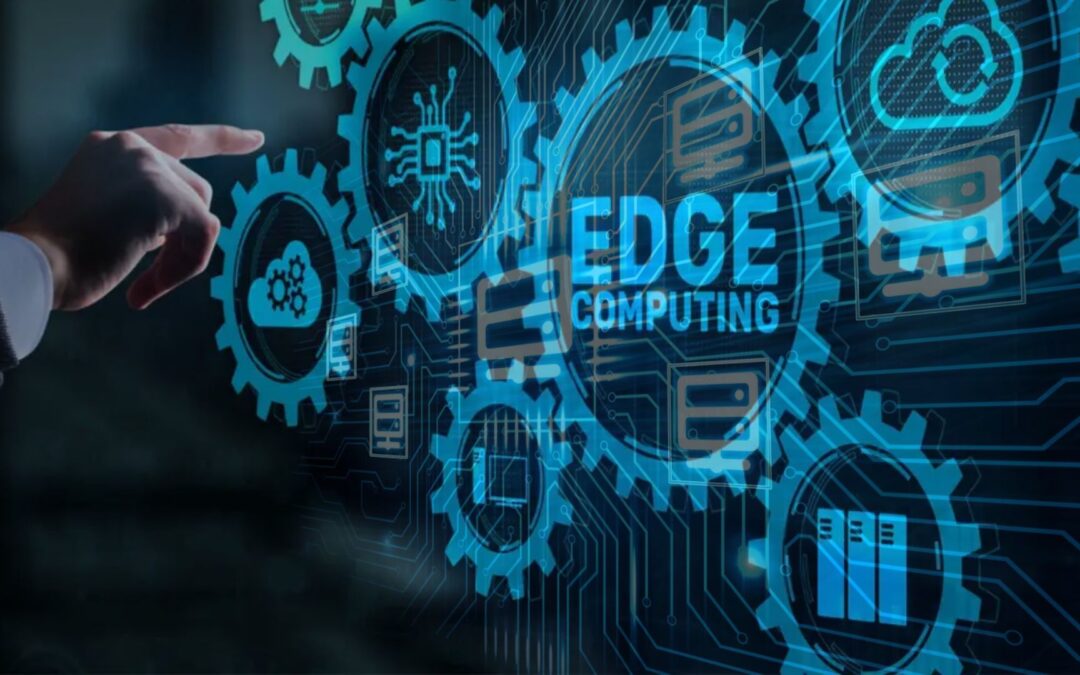what is Edge Computing?
Edge computing is a technology paradigm that involves processing data closer to the source of its generation, rather than sending all data to a centralized cloud or data center for processing. This approach aims to reduce latency, improve response times, save bandwidth, and enhance the overall efficiency of data processing and analysis. While it’s not the latest technology (it has been gaining traction over the past few years), it remains a significant and evolving trend in the tech industry.
In traditional cloud computing models, data is sent to a central data center where it’s processed and analyzed. This works well for many applications, but it introduces latency, especially for applications that require real-time or near-real-time processing. Edge computing addresses this challenge by moving some of the processing closer to the “edge” of the network, closer to the devices generating the data.
Key features of edge computing include:
- Low Latency: By processing data locally, edge computing reduces the time it takes for data to travel back and forth between devices and a remote data center, resulting in faster response times.
- Bandwidth Savings: Sending only relevant or summarized data to the cloud instead of raw data reduces the amount of data that needs to be transmitted over the network, saving bandwidth and potentially reducing costs.
- Data Privacy and Security: Processing sensitive or private data locally can help maintain better control over data and mitigate risks associated with transmitting data over long distances.
- Offline Capabilities: Edge devices can continue to operate even when the network connection is lost or unreliable, as they can process data locally.
- Real-time Processing: Edge computing enables real-time processing and analysis of data, which is crucial for applications like IoT, industrial automation, and autonomous vehicles.
- Scalability: Distributing processing across multiple edge devices can help distribute the computational load and improve scalability.
- Reduced Cloud Dependency: While edge computing doesn’t replace cloud computing, it reduces the dependency on the cloud for every computing task.
Applications of edge computing include:
- Internet of Things (IoT): Edge computing is crucial for IoT devices that generate large volumes of data that need to be processed quickly, such as in smart cities, connected vehicles, and industrial sensors.
- Smart Grids: Edge computing can optimize the management and distribution of energy in real time, improving the efficiency of power grids.
- Video Surveillance: Real-time analysis of video feeds from security cameras can be performed at the edge to quickly identify threats or anomalies.
- Autonomous Vehicles: Edge computing enables fast processing of sensor data, allowing autonomous vehicles to make split-second decisions.
- Healthcare: Medical devices can process patient data at the edge to provide real-time insights, especially in critical situations.
- Retail: Edge computing can power personalized customer experiences, such as real-time inventory tracking and targeted advertising.
While edge computing offers numerous benefits, it also presents challenges such as managing a distributed computing environment, ensuring data consistency, and dealing with limited resources on edge devices. As technology continues to evolve, edge computing is likely to remain a crucial component of the broader computing landscape.

